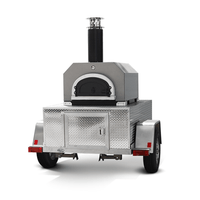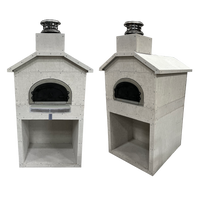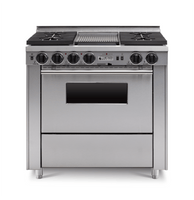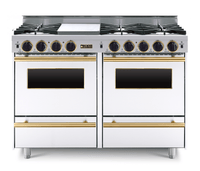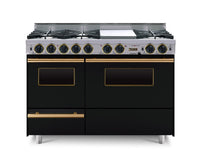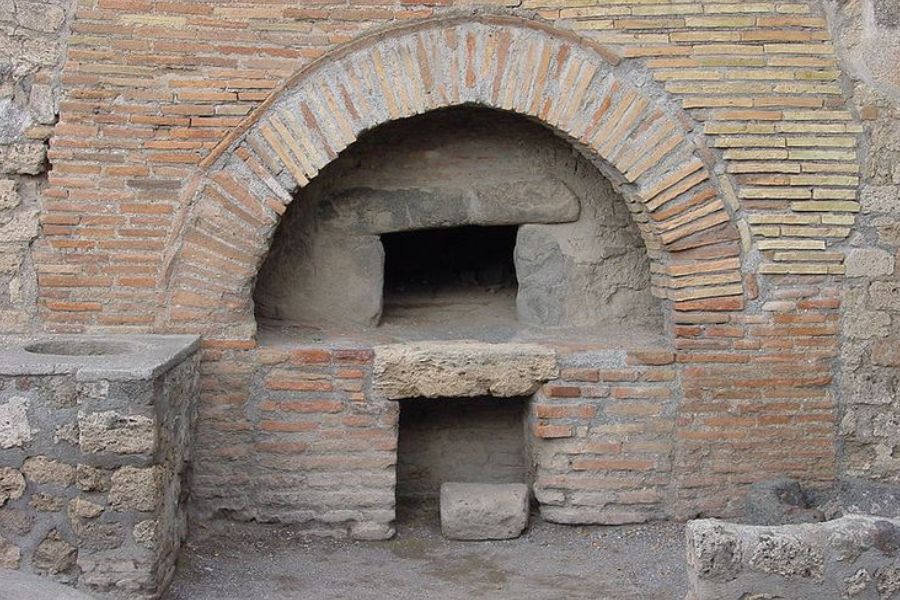A Blast From The Past
Wood-fired brick ovens, also known as Masonry ovens, date back to 4,000 years ago. These ovens are famously known to be derived from the Ancient Roman period; although, these ovens were greatly influenced by the Peruvian, Turkish, and Spanish cultures. As these ovens peaked during the Roman Republic, the ovens were called black ovens due to the Western culture they flourished in. Instead of Masonry, the reference “black oven” was due to the smoke that emulated from the wood used as fuel. Black, or Masonry, ovens were heavily used throughout medieval Europe and would be built to serve the populations around the medieval communities.
The Masonry oven sooner than later was introduced to the America’s as the: Beehive Oven, which was established during their colonial period. The Beehive oven, similar dome-shape to the beehives, was a popular cooking tool until the Industrial Revolution; therefore, this Beehive mechanic has influenced the creation of gas and electric ovens.
The Three Ingredients for CBO
Chicago Brick Oven has been influenced by European design, and is a descendant from the Beehive oven, there are three ingredients that establishes the significance of a CBO:
- Unlike most wood-fired ovens of today, which are imported to the U.S., our ovens are made right here. All ovens and products certified to UL and NSF4 Standards. With a proprietary refractory cement formula and stainless steel fiber reinforcement.
- Chicago Brick Oven product’s have a unique and specialized feature of the FlameRoll™. It has a 360° flame rotation.The unique shape of our ovens reduces cold spots and ensures the efficient use of stored radiant heat. Allowing you to cook food evenly from all directions.
- CBO understands the ritual of reunions in regards of cooking food, sharing stories and enjoying the warmth of camaraderie, thus providing you with a visible in-chamber fire.
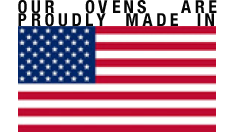
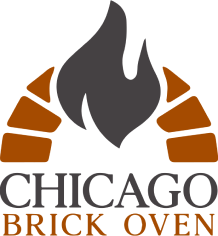
 Call Us
Call Us

